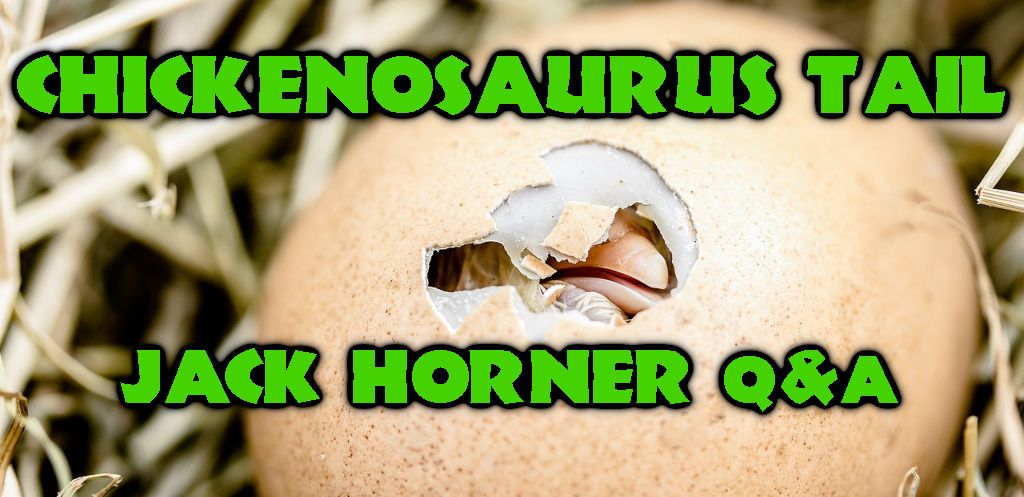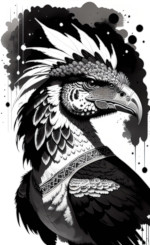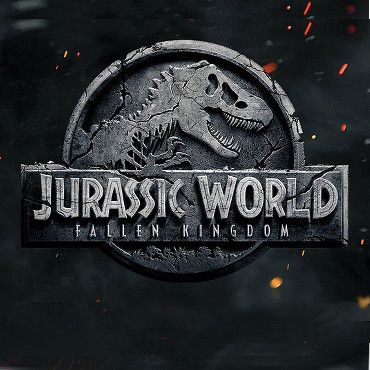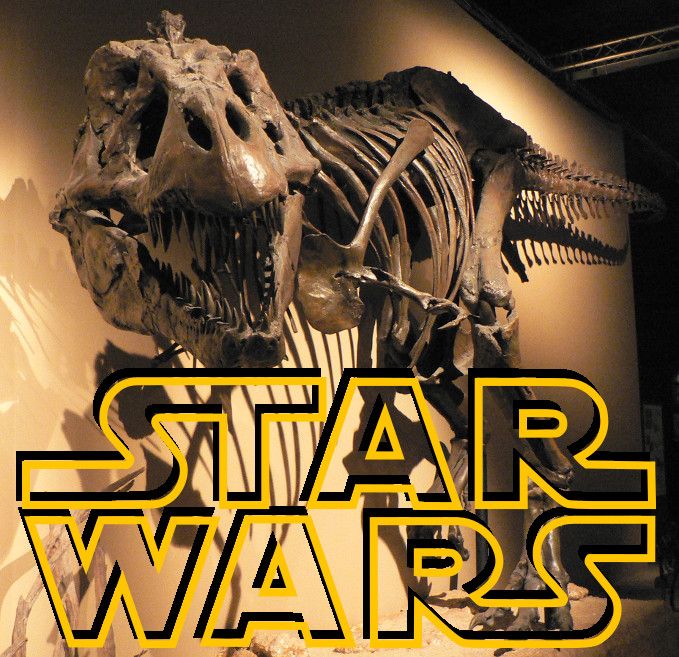
With an out of the blue announcement, Jack Horner released a dinosaur-sized achievement for the chickenosaurus project. A significant discovery has shed some light on the evolutionary process behind birds’ loss of tails. As with last time, he was gracious enough to answer some of my questions on this topic and a little more. While his thoughts on the project might be what you came here to read, I asked another question that I’ve been mulling over that I think will interest you too.
With any project, there’s the people directly involved in the work, and those that support it behind the scenes. Mr. Horner credits several supporters for making the tail portion of the chickenosaurus project possible; George Lucas of Star Wars fame, Private Investor Gerry Ohstom, donors from the GoFundMe campaign, along with Montana State and Clemson universities where the bulk of the work was performed. Without these people and organizations, there would be no dinochickens in our future.
The first question I wanted answered was what actually happened to the tail? This is one of the most noticeable physical features that separate birds from their non-avian dinosaur brethren. What evolutionary force could have caused the fusion of the tail vertebrae into what is the pygostyle today in birds? I asked whether it was some ‘tail disease’ or something else?
“Initially it may well have been disease or some kind of trauma to the tail.”
This would mean at some point in their evolution, it was likely disease or other trauma to the tail segments that began the fusing process. It would be similar to how your own body begins a process to fuse bones together after a fracture.

Next was the important question; when are we getting our pet dino-chickens?
“We have not reached this point yet. It has already taken more than three times the time I had predicted to get to the point we have now reached.”
When I pushed further about any sort of time frame to expect for a full fledged chickenosaurs, Mr. Horner was cautious.
“Hard to say, we would have to see whether all the modifications would remain viable throughout embryonic development.”
He also added,
“I had originally hoped the alterations would be driven by atavistic genes, and come to find out, many are not, meaning different processes are involved in the various alterations to the skeleton of birds during their evolution from their dinosaur ancestors. This discovery is exciting for science, and at the same time disappointing for the ultimate goal of the project!”
Surprisingly, this means that no amount of gene sequencing is going to be helpful as of now. The process of fusing tail vertebrae was counteracted by administering a corticosteroid orally. The project started administering prednisolone during weeks 3-8, so this part of the process took several weeks to complete. Whether the process required to adapt the snout and claws could be done at different times, or the same time, is so far unknown. That’s the next step for the project. Mr. Horner seemed hopeful though.
“Dinochicken Project continues! Slowly but surely!”
With the Chickenosaurus tail matter settled for now, I wanted to hit on some other areas. Specifically about promoting dinosaur science, and hopefully popularity, to bring more interest from the public. Digging up more dinosaur bones was Mr. Horner’s top recommendation.
“We need many more skeletons of species we already have so that we can determine growth variability and better understand behaviors and possibly discover sexual dimorphism characters.”
In addition to more fossil discoveries, Mr. Horner also agreed more projects like his ‘Chickenosaurus’ project would be helpful.
I asked about his thoughts on how to get high profile help for large-scale projects to capture public interest. With figures like Elon Musk pioneering space exploration, and George Lucas donating to the Chickenosaurus project, would it be beneficial for another ‘Bone Wars’ type movement?
“Promoting science and funding science are two very different things… billions are spent on studying the histories of other planets and the universe, and only tens of thousands are spent on understanding the history of our own planet.”
This certainly highlights the difficulty in funding for dinosaur related projects. Interest definitely seems to wane between Jurassic franchise films. I think we’ll need a sustained campaign or major breakthrough to hold people’s attention in this age of 30 second clips and social media.

AI Render
Sticking with technology, I moved on to the recent hot topic of Artificial Intelligence. I asked if there was any place for AI or ChatGPT to help our understanding of dinosaurs. Mr. Horner laughed.
“…nope, ChatGPt is not going to help us find more specimens. Even with the combined knowledge of every paleontologist on earth, it’s highly unlikely it could predict where we will find our next worthy specimen! Finding an excellent specimen takes a good eye, and a boat load of patience.”
Conveniently, I’ve been asking myself for years what kind of project would have the needed effect on the world. Unsurprisingly, it involves bringing back dinosaurs. Sort of. Mr. Horner is rather doubtful about bringing back dinosaurs through DNA as seen in everyone’s favorite dinosaur movies.
“The Jurassic Park story is total fiction!”
That doesn’t preclude a little theory I’ve had on my mind for years. If the Chickenosaurus project were successful, and the process could be developed to modify modern day chickens to look more like non-avian dinosaurs, could it be reproduced in other birds? Mr. Horner agreed it could.
“Once we have worked out the details for chickens, yes, the process should be the same for any bird.. theoretically of course.”
This means that Emus, Ostriches, Shoebills, and other large birds are fair game. You could build our own Jurassic Park of sorts with a whole new variety of dinosaurs. For example, Andean condors are the perfect starting point for Velociraptor-like therapods. More Jurassic World in approach than Jurassic Park, but dinosaurs are dinosaurs. As the science progresses, who knows what kind of traits could you dig out of birds’ evolutionary history?
As for how Mr. Horner feels about the project right now, he sounded optimistic.
“The Dinochicken or Chickenosaurus Project was conceived to discover whether it was possible to alter birds in such a way that we might one day be able to create an animal similar to some of the extinct dinosaurs… along the way we have made significant strides in understanding the evolutionary pathway that dinosaurs took in route to their becoming the animals we call birds.. personally I think it’s really cool what we have been able to discover.”



